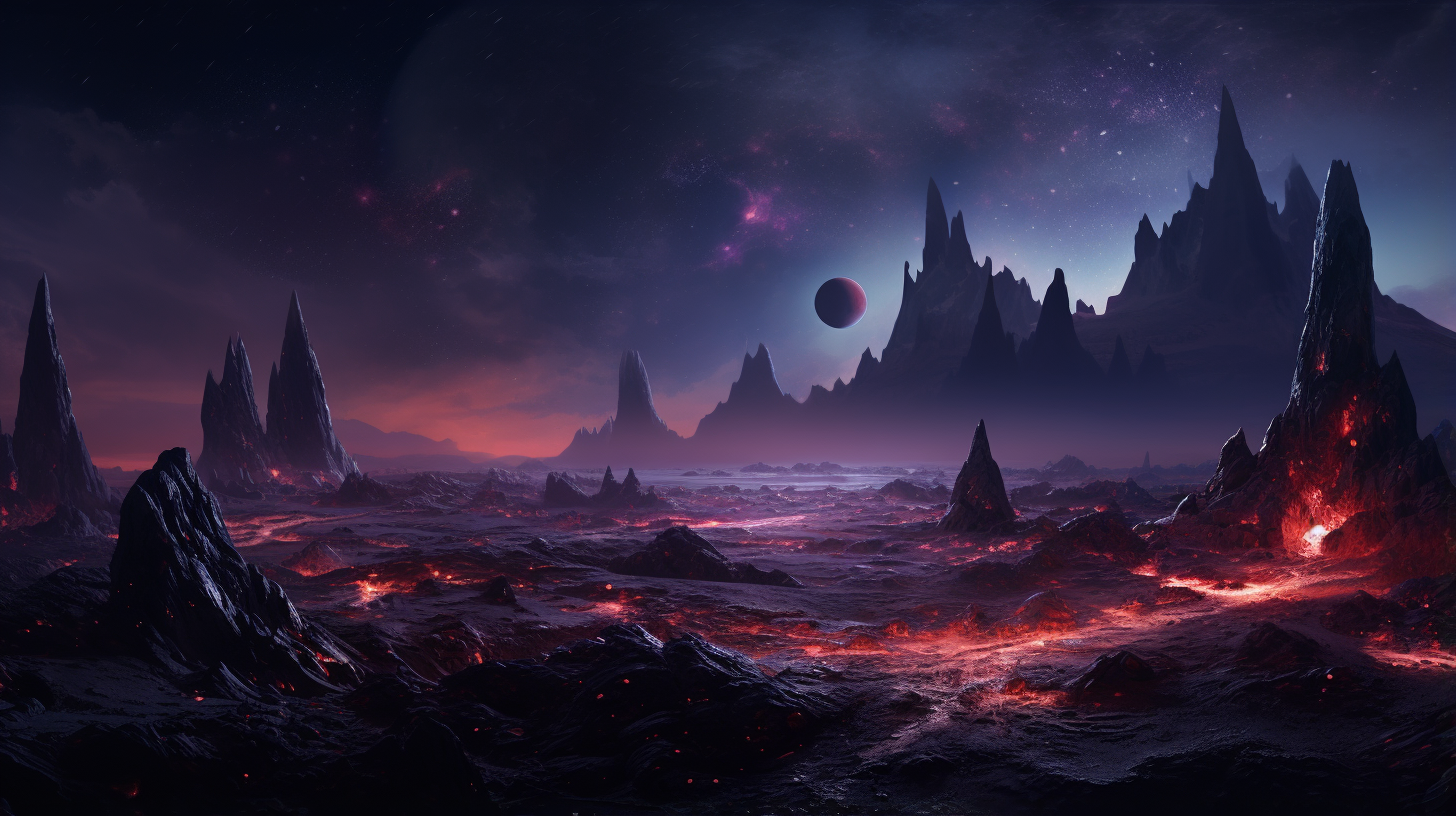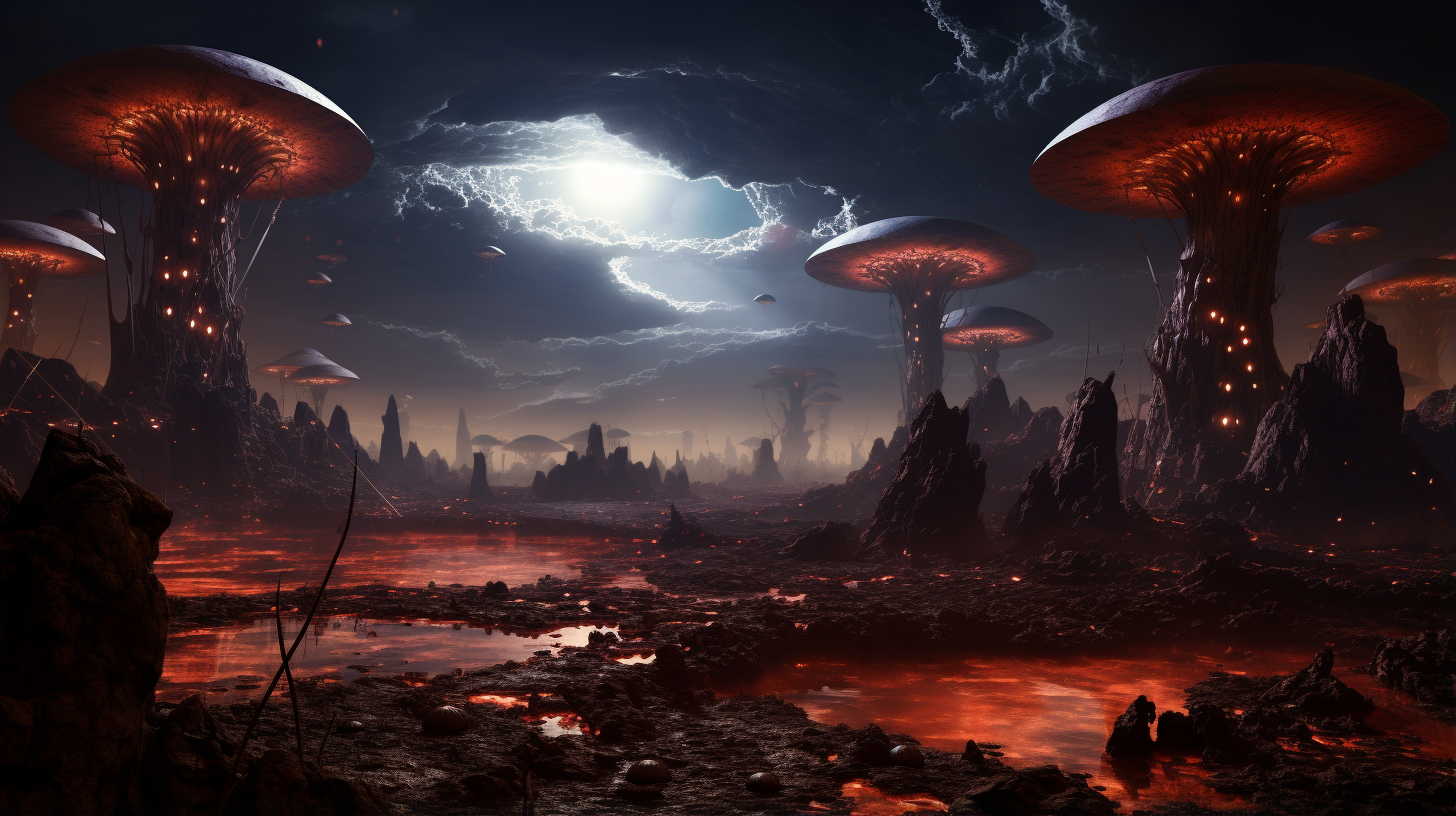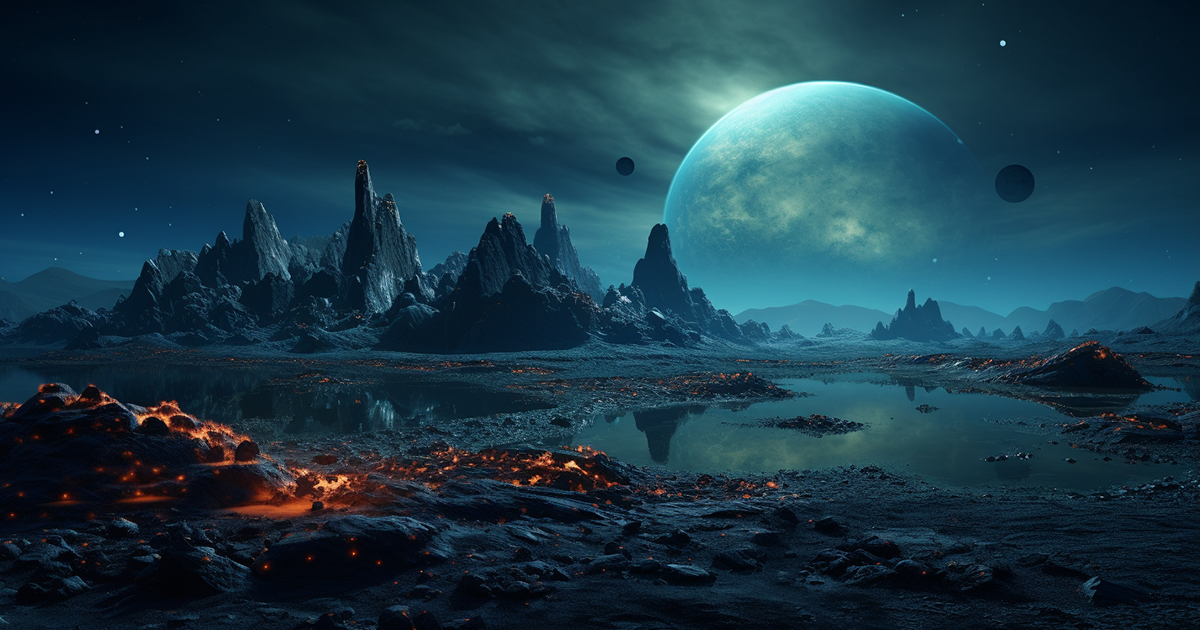In the heart of French Guiana, a monumental event took place that could redefine our understanding of the universe. A powerful rocket soared into the skies from the Guiana Space Centre, marking the liftoff of the James Webb Space Telescope, a testament to human ambition and ingenuity.
With a staggering budget of $10 billion, NASA’s James Webb Space Telescope aimed to do what no telescope had done before – peer deeper into the cosmos than ever before.
Fast forward six months, and the James Webb Space Telescope delivered its maiden collection of breathtaking images. These images unveiled previously hidden galaxies, the birth of new stars, and the enigmatic presence of black holes.
This remarkable achievement sparked a glimmer of hope in the hearts of many, igniting an age-old question: Are we truly alone in the vastness of the universe? The James Webb Space Telescope has gifted humanity with unprecedented clarity in its exploration of the cosmos.
The power of the James Webb telescope is not to be underestimated. It has taken iconic images from the Hubble Space Telescope, those that left us awe-inspired years ago, and made them even more rich, detailed, and astounding.

With the James Webb telescope, scientists anticipate the discovery of more exoplanets, some of which may harbor intelligent life similar to Earth.
One of the telescope’s primary objectives is to identify planets within the habitable or Goldilocks Zone, where conditions may be suitable for life to thrive. Looking ahead to the future, many experts believe that within the next few decades, we may indeed find evidence of extraterrestrial life.
Considering the incredible capabilities of the James Webb Space Telescope, it’s natural for some to wonder what could be uncovered if NASA directed its formidable technology towards the search for evidence of extraterrestrial visitors to Earth.
This question gained traction when, on June 9, 2022, NASA announced its plans to commission an independent study on Unidentified Aerial Phenomena (UAPs).
NASA, as an organization with a history of exploring the unknown, is well-equipped to conduct such research. They operate the space station, deploy satellites deep into space, and undertake interstellar missions. If there are unidentified objects entering our atmosphere from deep outer space, NASA would be ideally positioned to detect them.
On May 31, 2023, NASA held its first public hearing to discuss the agency’s mission in studying UAPs. It’s now our collective responsibility to investigate these occurrences with the rigorous scientific scrutiny that they deserve.
This initiative provides an opportunity to expand our understanding of the world around us, aligning with NASA’s inherent commitment to exploring the unknown.

Could NASA’s unprecedented efforts in the hunt for UFOs eventually provide the breakthrough in finding evidence of extraterrestrial life? Some ancient astronaut theorists suggest that NASA may already possess strong evidence of intelligent beings beyond Earth.
They point to historical accounts from NASA astronauts, such as Edgar Mitchell and Gordon Cooper, who openly spoke about their encounters with UFOs and even claimed knowledge of alien technology in the possession of the United States government.
Additionally, there have been intriguing photographs and accounts of unidentified objects captured during NASA missions, including a compelling image of a triangular craft taken in 1986 from the space shuttle. While officially labeled as “space debris,” the photograph raises questions about structured objects in space.
As NASA officially investigates UFOs, there is growing anticipation that we may soon have definitive evidence of an alien presence on Earth. While NASA is undoubtedly well-equipped for this task, some researchers believe that our greatest asset in the quest for UFOs is the smartphone.
Ordinary citizens worldwide now capture high-definition footage of events that defy conventional explanations, adding to the mounting evidence that suggests we may not be alone in the cosmos.
Video:
In conclusion, the James Webb Space Telescope represents a monumental leap forward in our exploration of the cosmos. While it has already unveiled the beauty of distant galaxies and the enigmatic depths of space, it also fuels our curiosity about the possibility of extraterrestrial life.
NASA’s investigation into UFOs adds another layer to this cosmic mystery, and the world watches with bated breath as we venture into uncharted territory, armed with powerful technology and the collective will to unlock the secrets of the universe.

25 thoughts on “Exploring the Cosmos: The James Webb Space Telescope and the Search for Extraterrestrial Life”
Comments are closed.